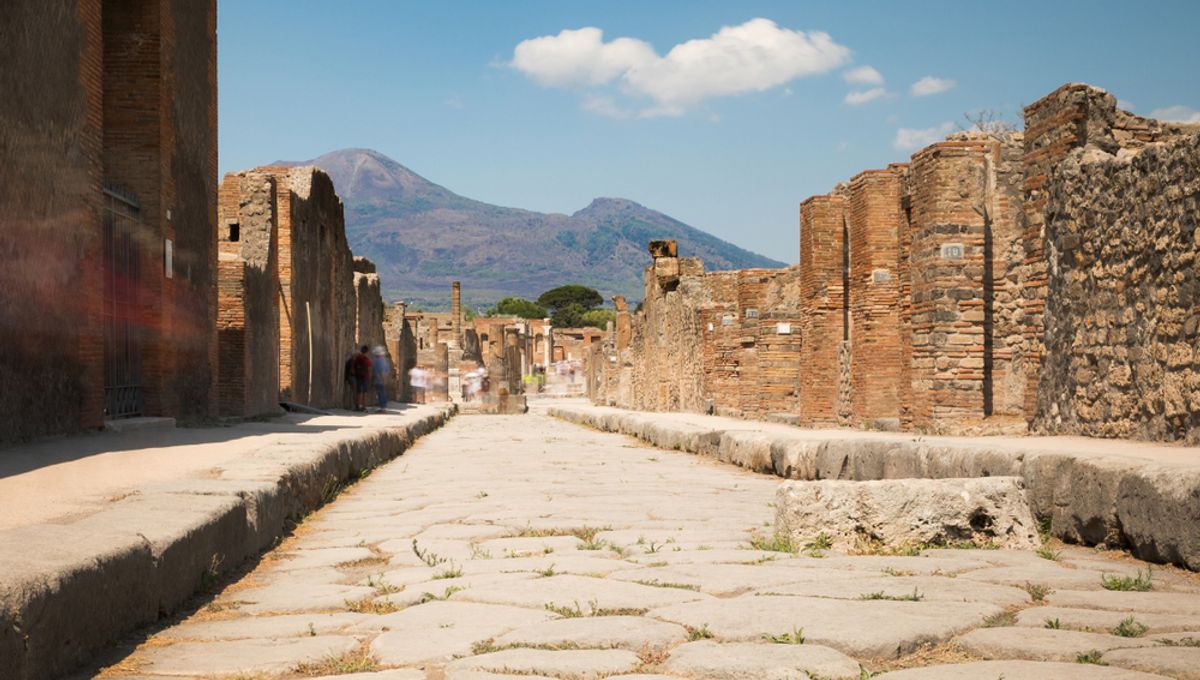
What have the Romans ever done for us, eh? Well, what they didn’t do was tell us exactly how to make their exceptional concrete, which continues to amaze material scientists as it stands the test of time.
Structures more than 2,000 years old don’t show the same issues that modern ones do. The secret to the material has eluded us for all that time, but researchers believe they have finally found the solution. They recreated concrete in the lab with remarkably similar properties and it may even lead to the creation of better and more sustainable concrete today.
A crucial ingredient for roman concrete is pozzolan, a reactive volcanic powder that comes from the city of Pozzuoli, just outside Naples and near the infamous Mount Vesuvius. To create concrete, a common approach is to mix calcite material with water to create hydrated quicklime, and this is then mixed with pozzolan and more water.
An alternative method, called hot mixing, mixes quicklime directly with pozzolan and water, without hydrating first. This leaves some suspended chunks in it called lime clasts. These structures have been found within concrete across the Roman empire.
Members of the Masic Lab at the Massachusetts Institute of Technology found their presence interesting. They can certainly form in other methods when the concrete is not mixed properly but their ubiquitous presence may hint that they were preferred features rather than accidents.
“In every country that the Romans built, you find these clasts. Maybe these clasts are not just the product of an error in the process. Maybe the technology leads to the consistent formation of clasts,” senior author Professor Admir Masic told IFLScience. “These clasts become incorporated into the cementitious construct and then can serve as a source of calcium for healing processes.”
And this is an extraordinary find. Over time, concrete cracks and water penetrate those cracks. In this particular type of concrete, cracks travel preferentially through lime clasts, and in the presence of water, they begin to recrystallize. The concrete produced in the lab with the hot mixing method was able to self-heal and within two weeks water was no longer flowing within the crack.
Concrete production accounts for about 7 percent of global carbon emissions. There is a lot of research on how to reduce that, including using different production methods. This hot-mixing concrete would do that by simply being more durable.
“Imagine having a construction material that is very durable, that lasts a long time, that reduced how much maintenance you have to do on a structure. It reduced how much you might have to rebuild a structure,” lead author Dr Linda Seymour, told IFLScience. “That reduced the use of material first and foremost.”
The Masic Lab is also working on different types of concrete that is sustainable in different ways, from storing electricity to concrete that can actually absorb carbon dioxide.
The discovery is published in the journal Science Advances.
Source Link: The Secret Of Roman Concrete May Have Been Cracked